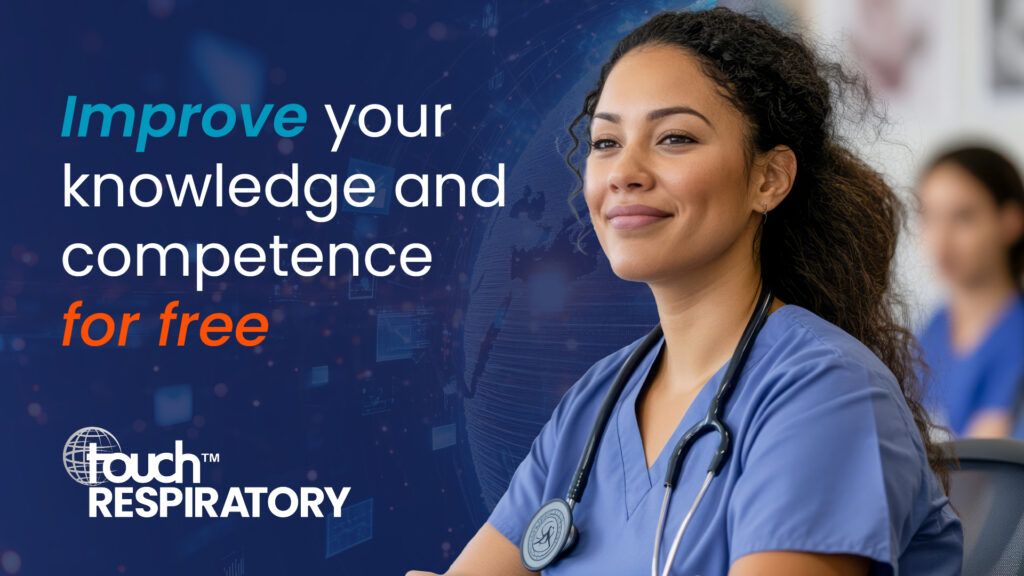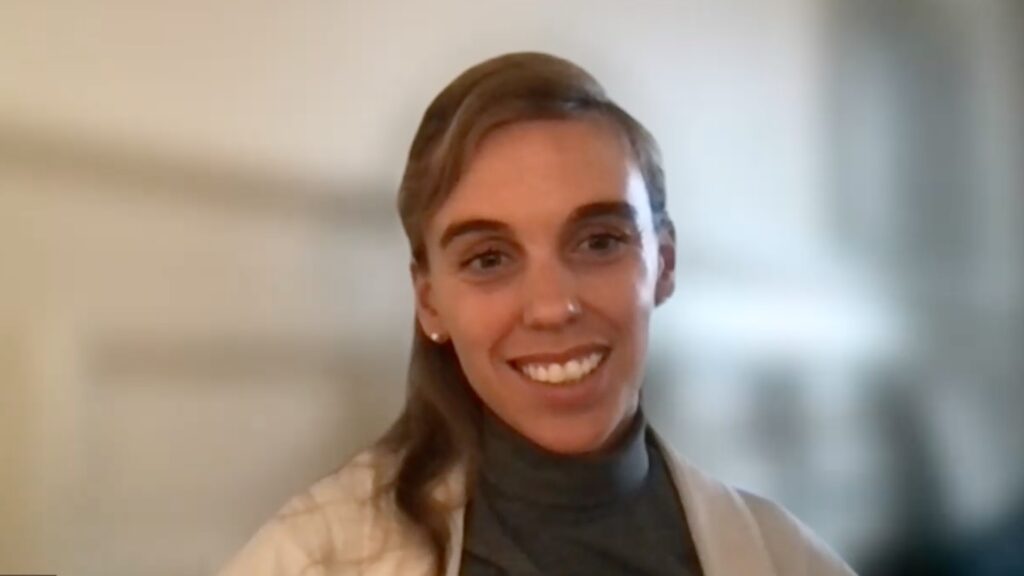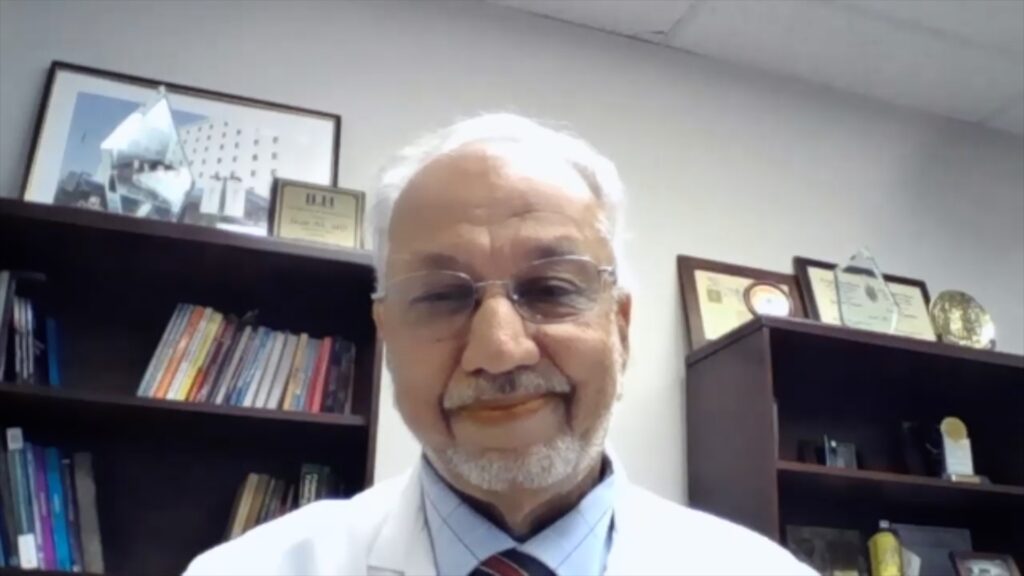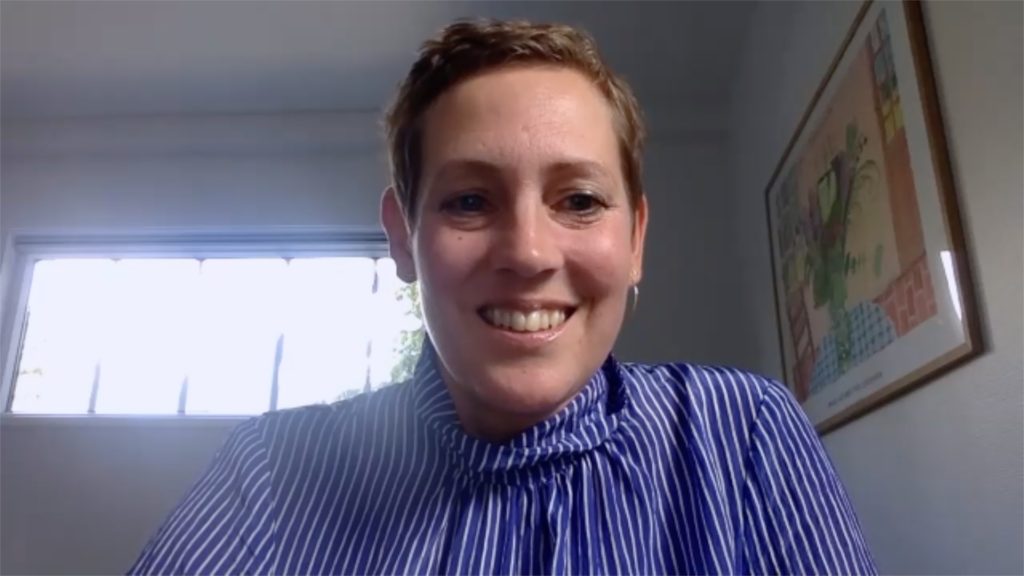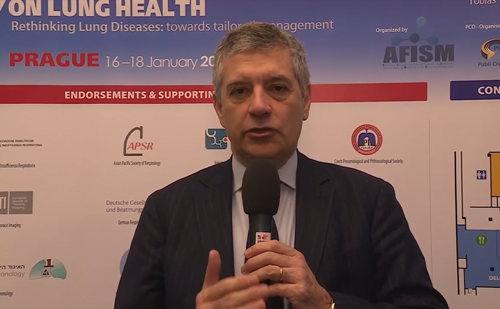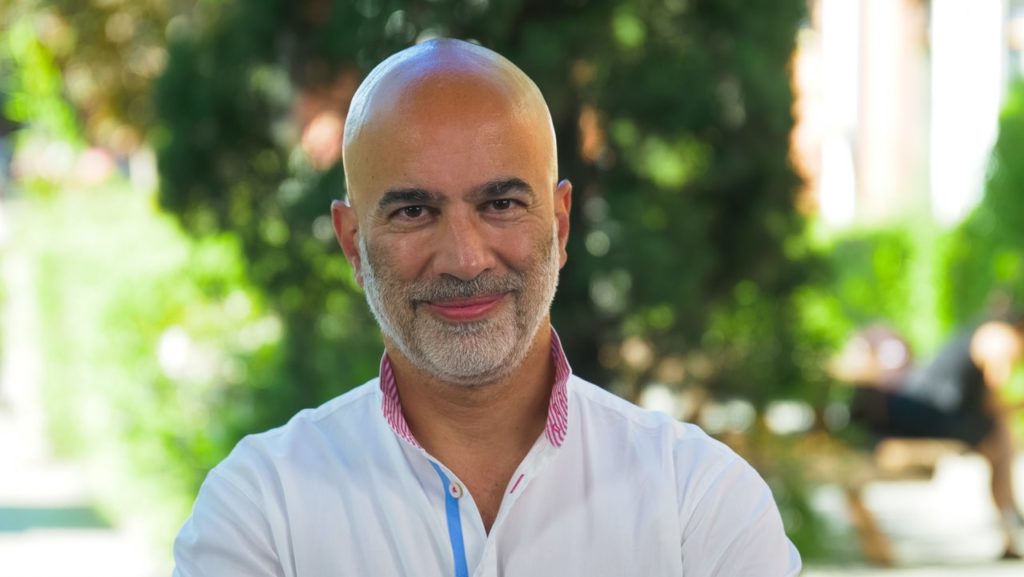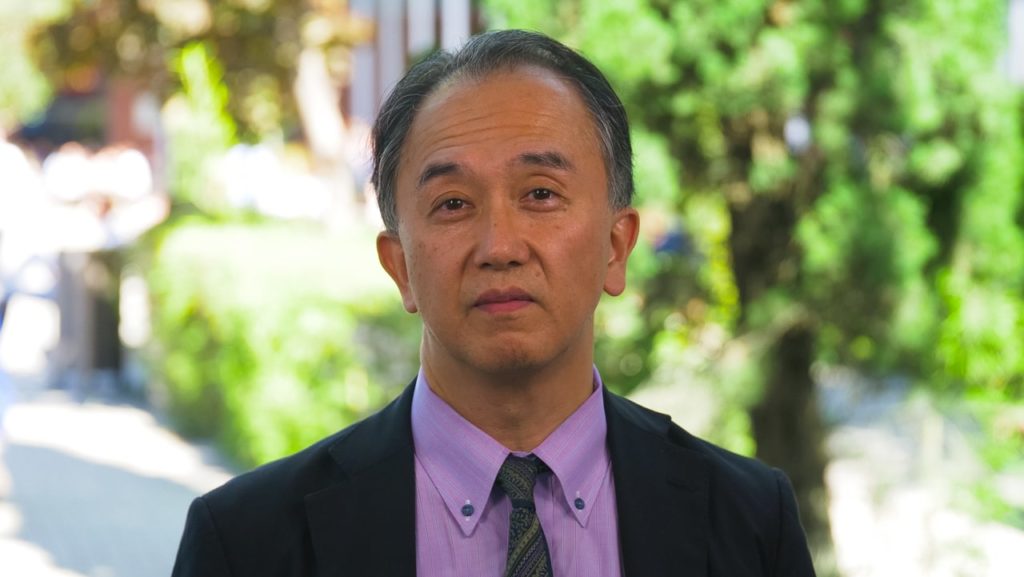 Dr. Véronique Suttels (CHUV Department Of Infectious Diseases, Lausanne, Switzerland) is a clinician-researcher focused on improving tuberculosis (TB) diagnostics in low-resource settings. Dr. Suttel’s PhD evaluated the use of AI-assisted lung ultrasound (LUS) as a triage tool for TB, showing strong diagnostic performance in a cohort study in Benin.1 She also investigated the feasibility of scaling LUS through web-based training and identified key barriers to implementation. Dr. Suttels now co-leads the CAD LUS4TB project, which aims to validate and implement this approach across Benin, Mali, and South Africa.2
Dr. Véronique Suttels (CHUV Department Of Infectious Diseases, Lausanne, Switzerland) is a clinician-researcher focused on improving tuberculosis (TB) diagnostics in low-resource settings. Dr. Suttel’s PhD evaluated the use of AI-assisted lung ultrasound (LUS) as a triage tool for TB, showing strong diagnostic performance in a cohort study in Benin.1 She also investigated the feasibility of scaling LUS through web-based training and identified key barriers to implementation. Dr. Suttels now co-leads the CAD LUS4TB project, which aims to validate and implement this approach across Benin, Mali, and South Africa.2
In this Future Leaders interview, Dr. Suttels outlines her career trajectory in TB, shares perspectives on aligning technological innovation with practical healthcare needs, and reflects on ethical considerations in global health research. Dr Suttels also describes how AI-assisted LUS may help address current diagnostic gaps, and discusses the challenges associated with implementing CAD LUS4TB in multiple countries, including training, device sustainability, and validation in diverse populations.
Q. What inspired you to pursue a career in respiratory medicine and focus on TB in low-resource settings?
Tuberculosis is a disease of poverty and a true mirror of socio-economic injustice in today’s globalized world. It is the world’s oldest infectious disease killer. Today, we have the tools to stop it—high-performing diagnostics and effective treatment. Yet, we are still far from eliminating TB, and its burden continues to fall on the young and the poor. Poverty relief and improved access to healthcare are essential to tackling TB. This challenge, rooted in a complex socio-historical context, is both inspiring and a continuous journey of learning
Q. How do you see AI-assisted lung ultrasound transforming TB diagnostics in the near future?
Considering that 1 in 3 TB patients never even reaches diagnosis, the need for accessible, low-cost diagnostic tools requiring minimal technical expertise is clear. AI-assisted lung ultrasound fits this profile and could help bridge the diagnostic gap. AI enhances the technique’s diagnostic performance, makes it less operator-dependent and more suitable for minimally trained healthcare workers.
Q. What key challenges do you anticipate in implementing CAD LUS4TB across multiple countries?
To pave the way from research to implementation, we will seek external validation and assess the AI’s performance in special populations (e.g., people living with HIV, patients with previous TB, women). We will test and refine a blind sweep protocol combined with a user-friendly app that guides minimally trained healthcare workers in assessing the risk of active TB. Finally, we aim to evaluate the app in a randomized controlled implementation trial to measure its performance and impact on TB diagnostic pathways in real-life conditions.
Q. How do you balance innovation with practical constraints in low-resource healthcare?
Interesting question! It’s essential to stay closely attuned to real field needs, including the barriers and facilitators to implementing lung ultrasound in routine practice by healthcare workers. For example, while there is strong interest in AI, many clinicians express an equally important need for broader respiratory point of care ultrasound (POCUS) training and ongoing learning to use the tool beyond TB diagnosis and maximize its utility in daily care. Experts are still scarce, so creative solutions for continuous training are crucial.
Q. What advice would you give future doctors interested in global health and research?
This makes me think of that sunscreen song. So, ladies and gentlemen of the class of ’99: always consider the socio-historical context you’re working in. Actively challenge post-colonial dynamics in research. The global disease burden falls on those least represented in medical literature, and authors from low-income countries remain rare. Strive for genuine, mutual partnerships—treat your research collaborators as equals. Be curious, and remember that humour is a universal language.
References
- Suttels V, Brokowski T, Wolleb J, et al. Lung ultrasound for the detection of pulmonary tuberculosis using expert and AI-guided interpretation. Presented at: ESCMID Global 2025, Vienna, 11–15 April, 2025.
- Thirona. CAD4TB: Screening and triage of tuberculosis in resource-constrained regions. Available at: https://thirona.eu/project/cad4tb-screening-triage-tuberculosis/ (accessed 6 May 2025).
Further content in respiratory infections.
Editor: Victoria Jones, Senior Content Editor.
Disclosures: This short article was prepared by touchRESPIRATORY in collaboration with Véronique Suttels. touchRESPIRATORY utilize AI as an editorial tool (ChatGPT (GPT-4o) [Large language model]. https://chat.openai.com/chat.) The content was developed and edited by human editors. No fees or funding were associated with its publication.
Cite: Véronique Suttels. Innovating Tuberculosis Diagnosis in Global Health: An Interview with Future Leader, Dr. Véronique Suttels. touchRESPIRATORY. May 2025.
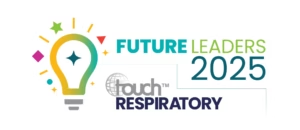
touchRESPIRATORY is celebrating the brightest rising stars in respiratory and pulmonary medicine, who are set to shape the future of the field.
Register now to receive the touchRESPIRATORY newsletter!
Don’t miss out on hearing about our latest peer reviewed articles, expert opinions, conference news, podcasts and more.

